Gilligan’s Island: Uncovering the Secrets Behind the Scenes
Advertisement
Gilligan's Island continues to charm audiences, decades after its original airwaves debut. This classic sitcom, known for its lovable castaways stranded on an uncharted island, combines humour with unexpected adventures, making it an unforgettable part of television history. Beyond the laughter and comedic mishaps, there are countless fascinating stories from behind the scenes that have rarely been shared with the public.
From casting near-misses to on-set camaraderie and hidden production secrets, there's much more to 'Gilligan's Island' than meets the eye. As we pull back the curtain, get ready to explore these intriguing, lesser-known tales from the set. Whether you're a long-time fan or a new viewer, these insights will deepen your appreciation for this enduring show. Are you ready to dive into the untold stories of 'Gilligan's Island'?
From Real to Reel
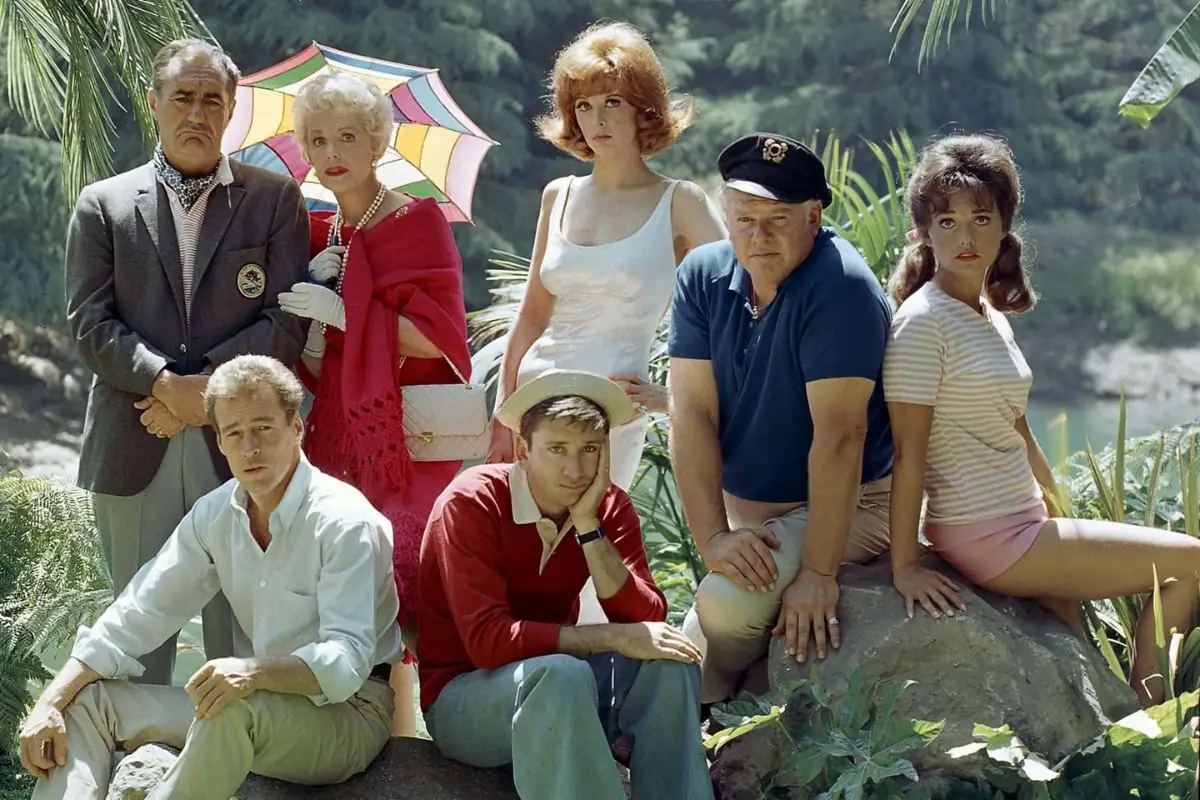
The affectionate nickname 'little buddy,' used by Skipper for Gilligan, was inspired by Alan Hale Jr.'s own mannerisms. This personal touch, introduced early in the show's run, was a brilliant example of how off-screen personality traits can influence on-screen character dynamics, enhancing the believability and depth of their relationship.
Equal Credit
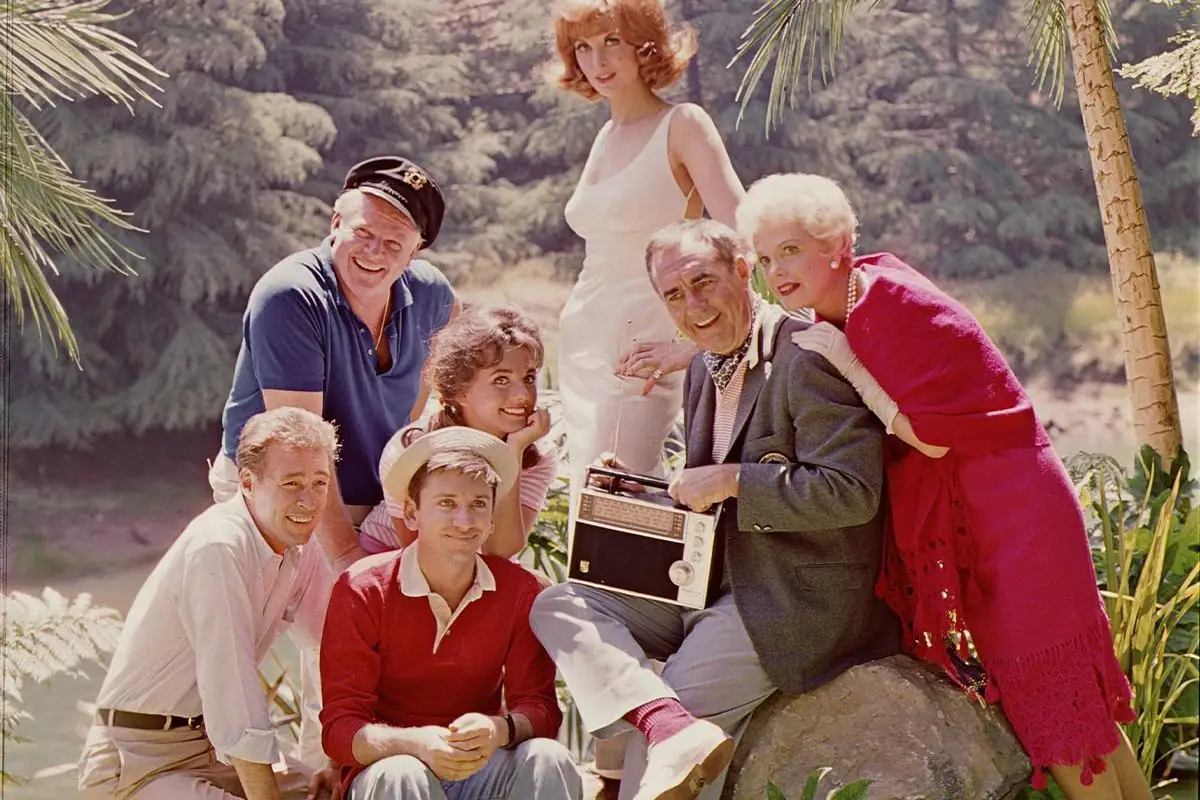
Bob Denver, a major force on 'Gilligan’s Island,' was passionate about fairness. He was genuinely upset when he noticed that Dawn Wells and Russell Johnson were missing from the opening credits. Standing up for his co-stars, he pushed hard for change, ensuring everyone got the recognition they deserved. On a related note, Jerry Van Dyke was initially offered the role of Gilligan but turned it down for a part in 'My Mother the Car.' Reflecting on his decision, he joked, "It was a blessing in disguise because I might have been typecast as Gilligan, which worked out perfectly for me in the end.
A Nation Mourns
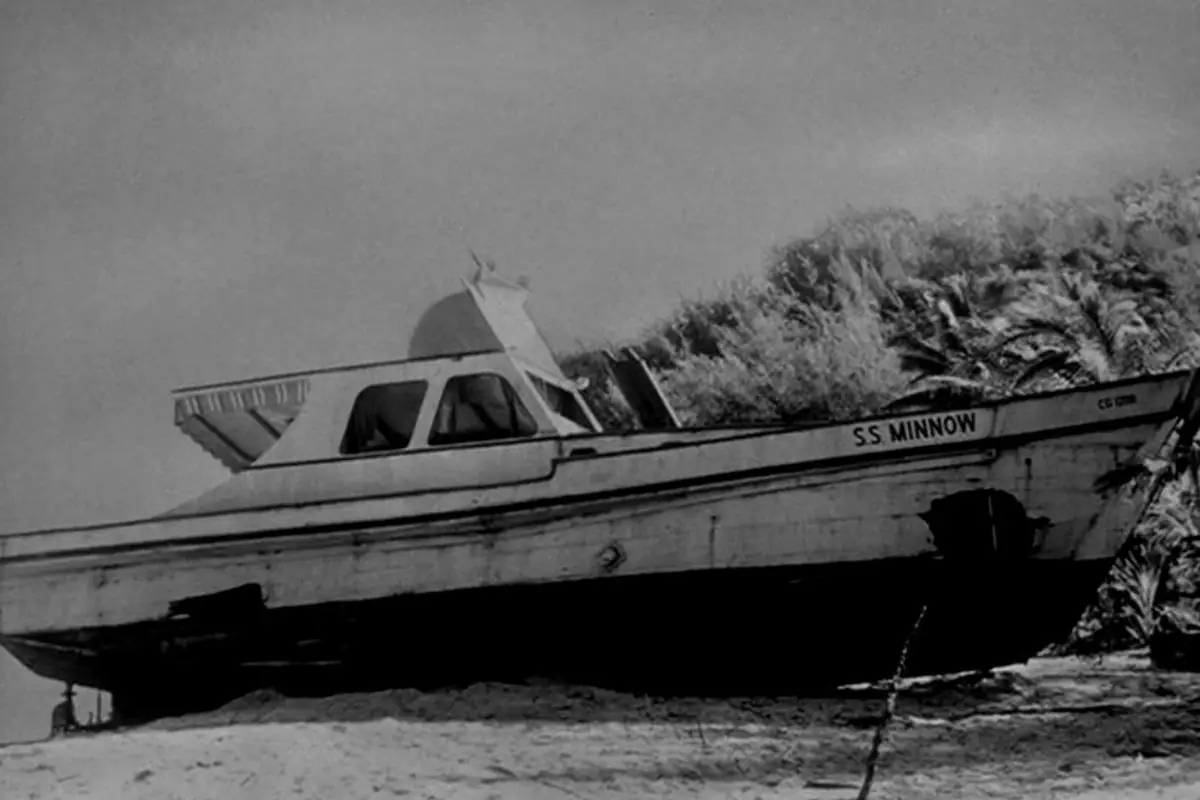
The American flag flying at half-mast during the early episodes of 'Gilligan's Island' served as a subtle tribute to President Kennedy, who was assassinated on November 22, 1963, coinciding with the day the pilot episode finished filming. This added a layer of historical context to the show, linking it indelibly to a pivotal moment in American history.
An Inside Joke
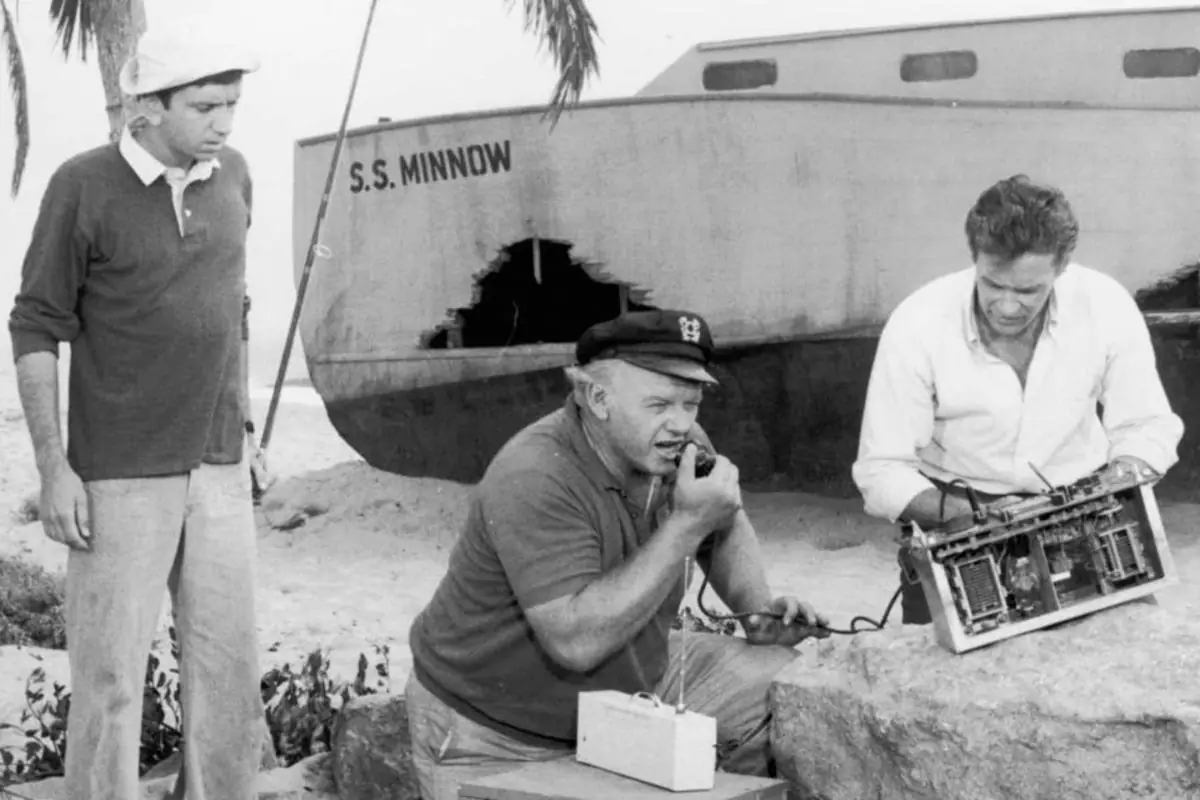
The naming of the shipwrecked boat, the S.S. Minnow, after Newton Minow, then head of the FCC and a critic of television content, was a cheeky response from show creator Sherwood Schwartz. This insider joke, crafted during the show's conception in 1964, remained a subtle dig at Minow throughout the series’ run.
Coconut Cups
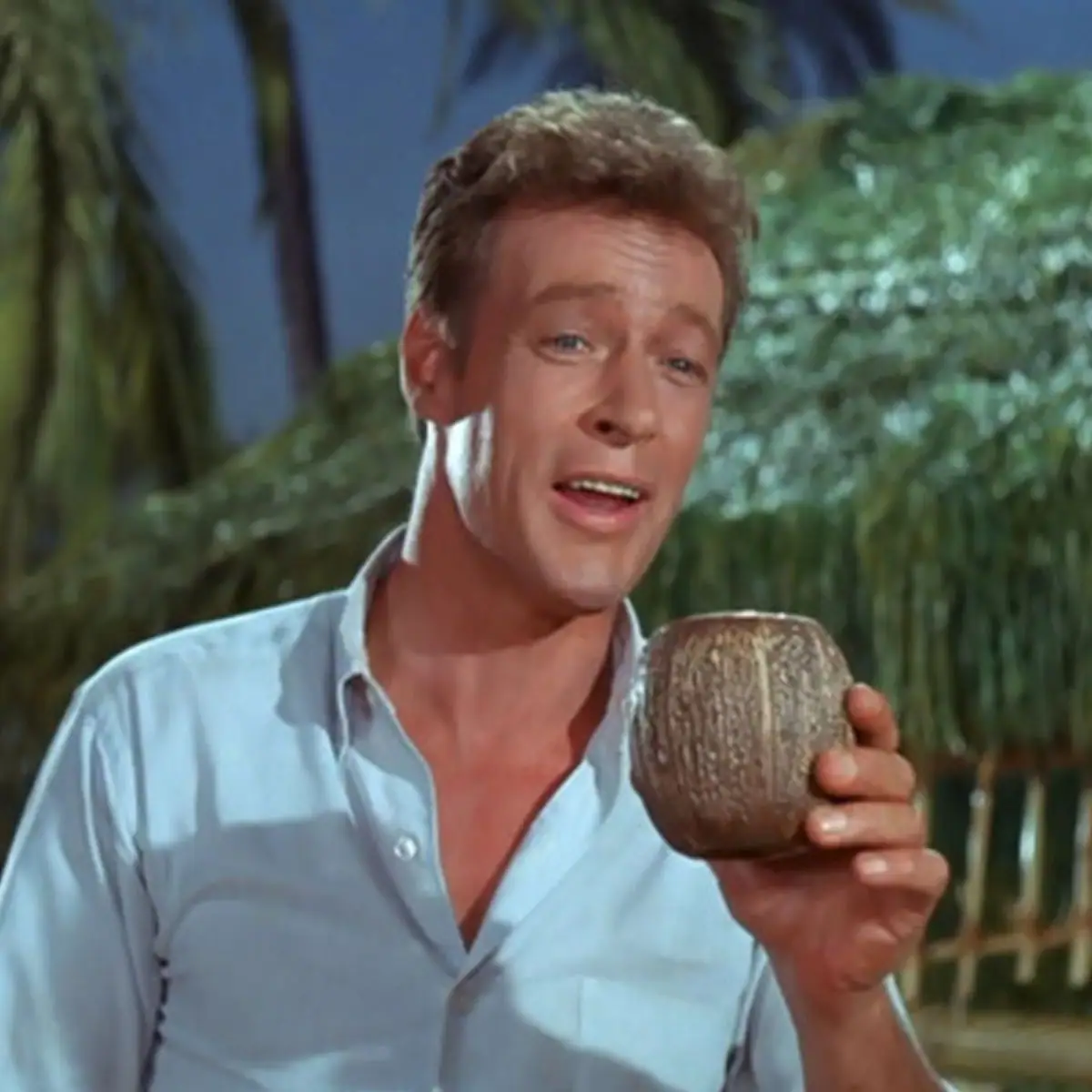
The use of real coconut shells as drinking cups in the show's first season proved to be impractical due to their porous nature. The switch to ceramic cups, which began in 1965, was a necessary adaptation by the props department to maintain the tropical aesthetic while addressing the functional shortcomings of the original choice.
Ginger's Bottomless Bag
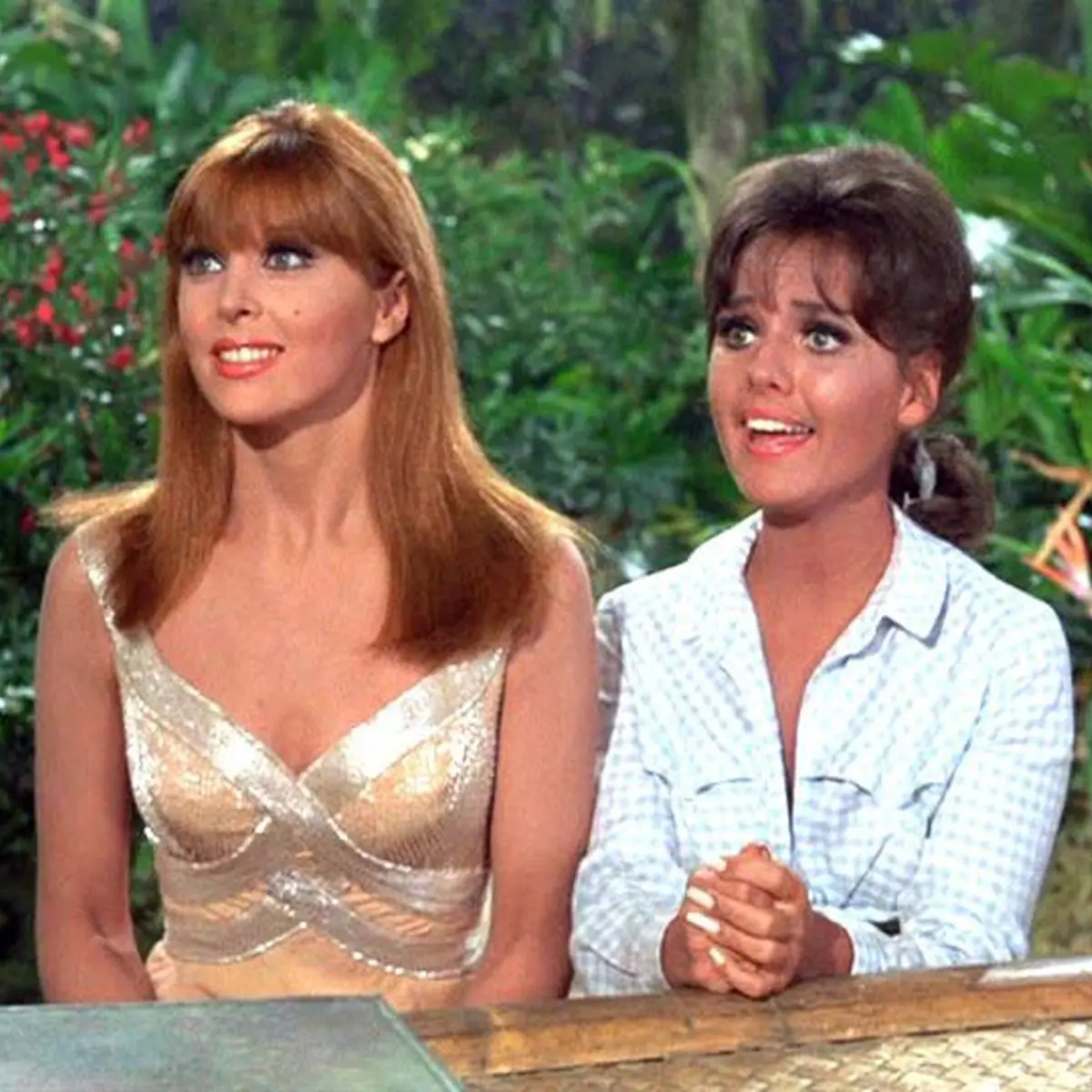
Ginger's extensive wardrobe, seemingly adequate for an indefinitely extended island stay, has puzzled viewers since the show's debut. This running gag about her endless supply of clothing, including evening gowns and exercise outfits, was played for laughs and highlighted the show's lighthearted approach to the castaways' predicament.
The Endless Wardrobe
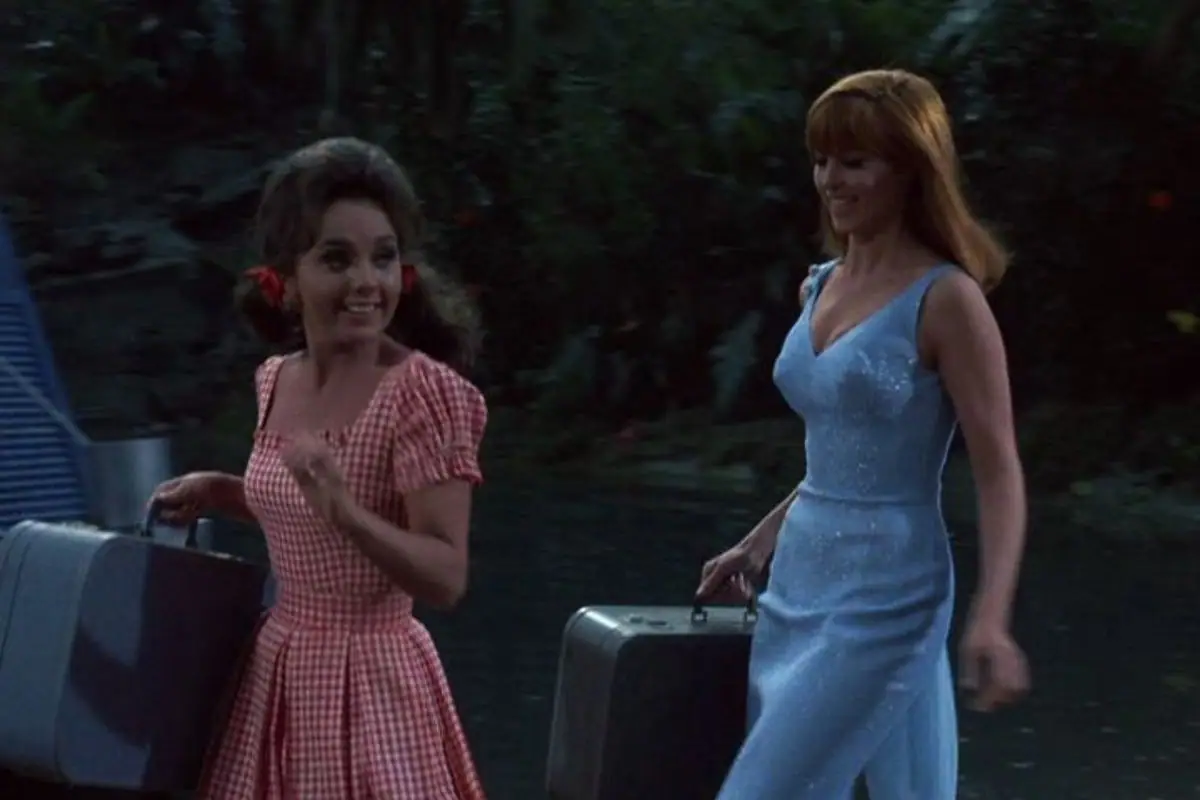
Despite the premise of a brief boat tour, both Mary Ann and Ginger boasted seemingly infinite wardrobes on 'Gilligan's Island,' never wearing the same outfit twice. This production choice required a suspension of disbelief from the audience as the show progressed through its 98 episodes from 1964 to 1967, allowing the characters to showcase a variety of fashion despite their stranded situation.
The Skipper’s Real Name
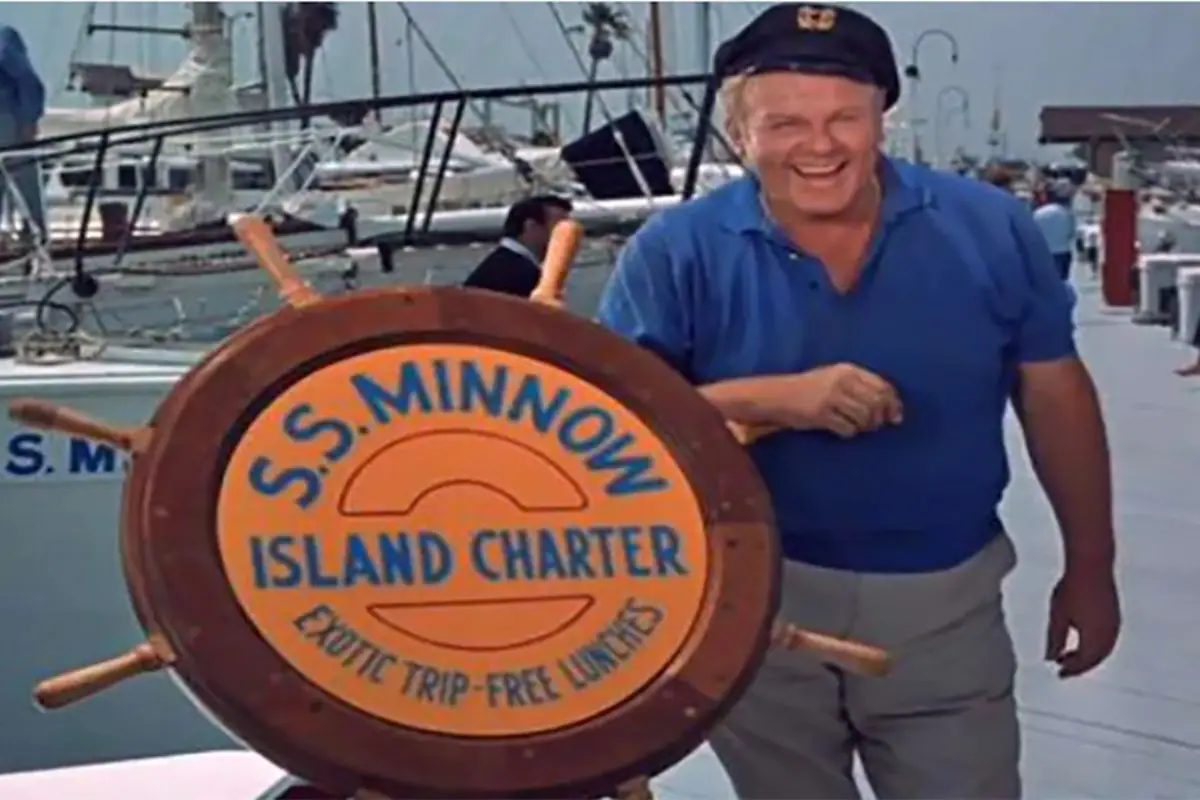
Most viewers knew him simply as the Skipper, but his actual name, Jonas Grumby, was mentioned in the show's 1964 pilot episode. This detail often went unnoticed by casual fans. The episode where the crew scattered his ashes paid homage to his character's name, highlighting a deeper layer of the script not always caught by the audience.
Breaking the Fourth Wall

Alan Hale Jr., who played Skipper, often broke the fourth wall by looking directly at the camera, a move not common in 1960s television. This technique was used sporadically throughout the show’s run from 1964 to 1967, giving the Skipper a unique connection with the audience and adding a comedic element that set the show apart from others of its time.
The Hurricane Episode
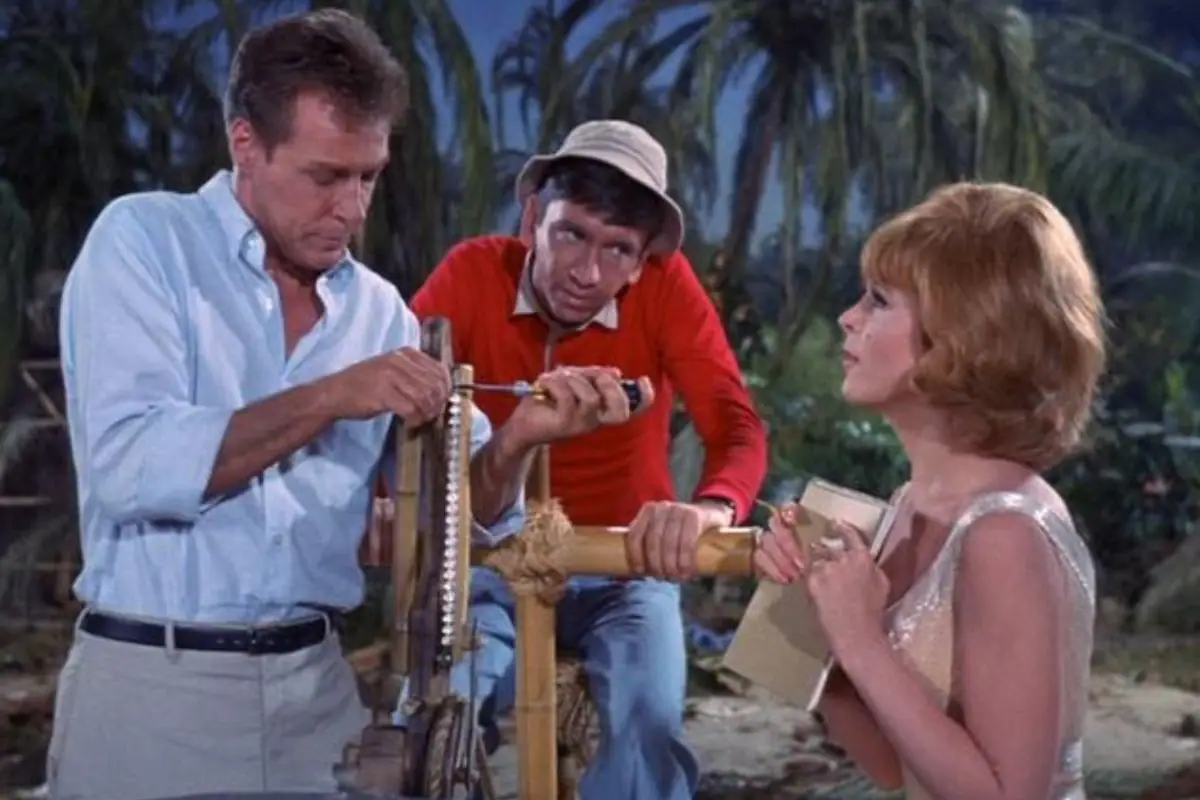
The episode featuring a hurricane, a highlight of the show's special effects capabilities, was a showcase of 1960s television production techniques. Using wind machines and water tanks, the episode, aired during the show's second season in 1965, demonstrated the technical ingenuity and creative storytelling that 'Gilligan's Island' was known for.
The Passage of Time
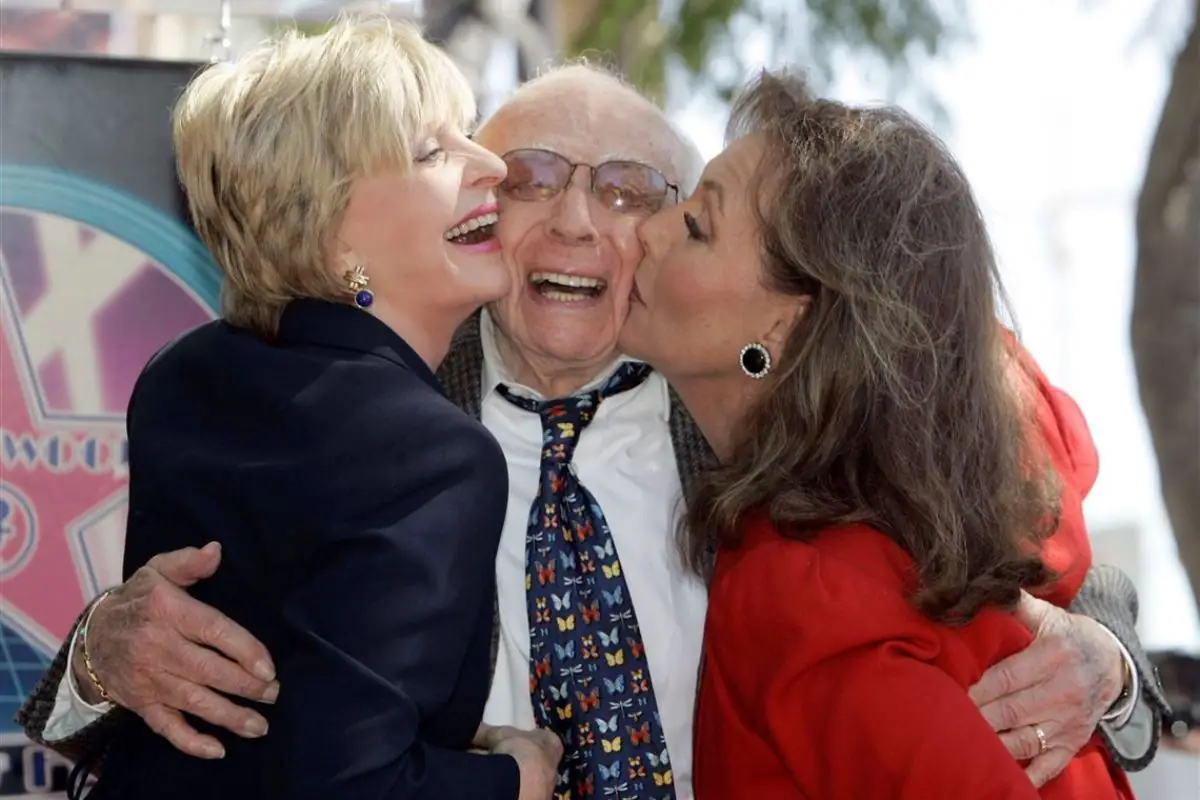
Over the decades, many original cast members of 'Gilligan's Island' have passed away, including creator Sherwood Schwartz in 2011. The show, which began airing in 1964, has seen its cast age and diminish, leaving only Dawn Wells and Tina Louise as the remaining members from the iconic ensemble.
Legacy and Revival Interest
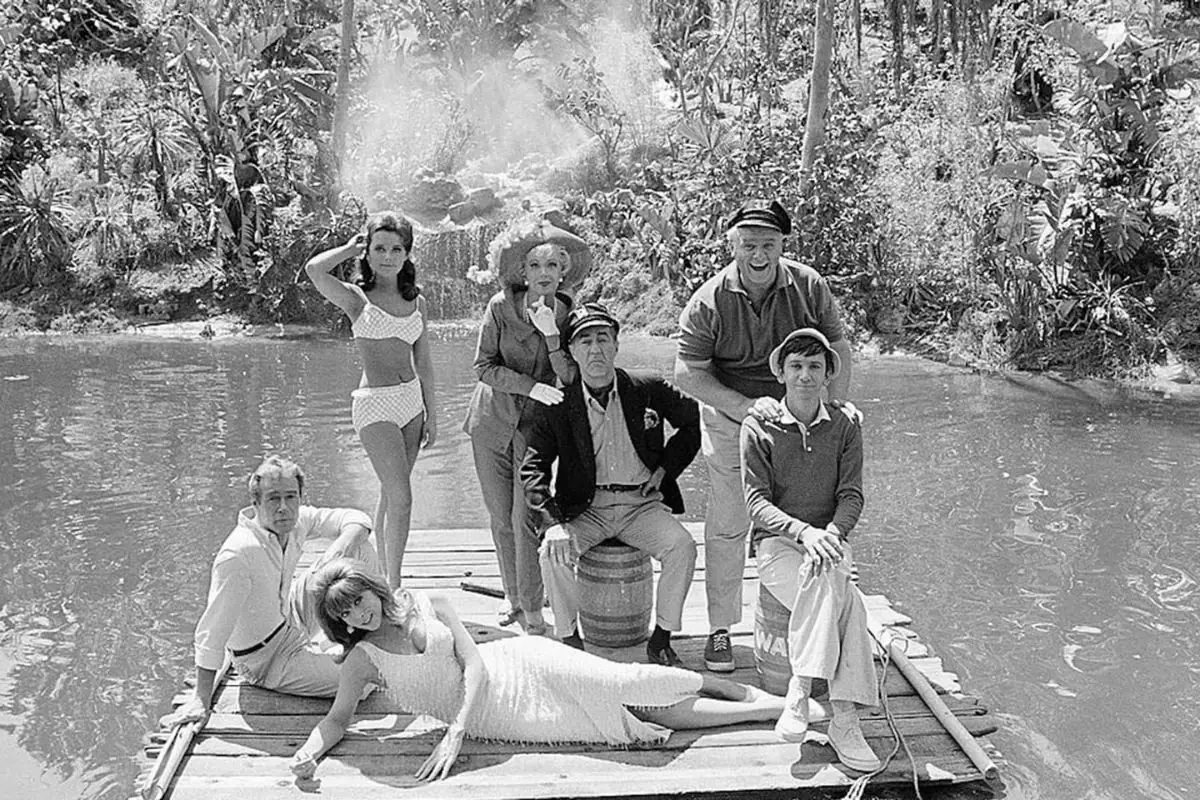
Radio Reality

The radio used by the castaways, a key plot device in many episodes, was modified to include a telescoping antenna that was not part of the original Packard-Bell model. This addition, made in the mid-1960s, was intended to make the idea of receiving long-distance transmissions more plausible to the audience, though it stretched technological realities of the time.
Iconic Theme Song

The memorable theme song of 'Gilligan's Island,' created by George Wyle and Sherwood Schwartz, quickly encapsulates the show’s premise, setting the stage for the misadventures of the seven castaways. This tune, crafted in 1964, remains one of the most recognizable TV theme songs, embodying the show’s spirit and ensuring its pop culture status.
The Show’s Impact on Pop Culture

Since its debut in 1964, 'Gilligan's Island' has had a profound impact on American pop culture, influencing television comedy with its unique premise and memorable characters. Its enduring popularity has led to numerous adaptations and references in other media, cementing its place as a cultural icon.

